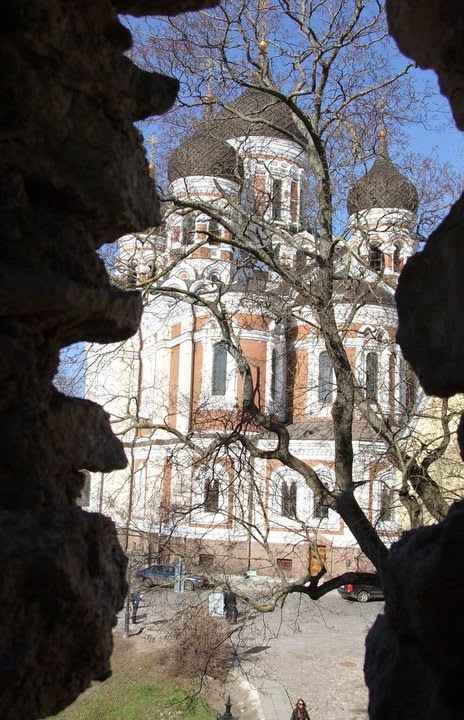When I was planning my career break, I happened to discuss
it with a few people including my next door neighbour. He looked at me as if I had gone mad and
exclaimed, “You might get murdered if you go off on your own in a foreign
country.” I considered his words carefully. Statistically, the chances of getting
murdered was very slim and you are more likely to have harm done to you by a
close friend or family member than a stranger. I should know as I worked in a
lifer prison for a long time and statistically most people were killed by
people by either a partner, a close family member or a very close friend.
So, what is it that makes us never take a calculated risk?
Answer is FEAR. Fear of the unknown and the need to cling to safe territory.
The second rung of Maslow’s hierarchy of needs where we cling on to safety with all of
our might. The truth is we are never truly safe. Ever.
We cling to our jobs but they are never truly secure. We attempt to make life safe with insurance plans and pension plans , but in the end none of us are immune to the frailties of life. Please don't think I am advocating not saving or putting away some money for a rainy day, but I hope you get the gist of what I am trying to say.
People will never attempt something new for fear of the
consequences and they will project their own fears on to you. Like my neighbour
for example who never had ventured out of Britain for fear of the unknown.
Perhaps you have been disappointed in life. Maybe you have a failed business venture, a
relationship turned sour or a death of a loved one which has coloured your lens
of the world. Your trust in humanity has reached the bottom of the barrel and
there is nowhere else to go. The ashes of depression eats away at your soul and
relentless ghostly whispers invade your private thoughts saying, “ If only you
had done better or tried harder…”
You know what I am talking about. We have all been there at
one point or another in our lives. Whatever facade you put out to the world,
you know who you really are.
1.
Learn that it is YOU who is thinking these
thoughts. Thoughts are not reality. Ever seen how a single event can be looked at with different points of view for many people? That’s because their perspective of the event is different.
2.
Learning to be kind to yourself. Accept that you
are going to have doubts as to whether you can really do something different.
3.
Take some steps in courage. If you found it
difficult to travel alone by yourself try a mini break in a different town in your own country. I went on a mini break by myself to
Amsterdam and found that even if I did get lost and couldn't speak the language
I could come back in one piece. That paved the way for more adventurous travel.
I remember going to Malaysia a few years back and I ended up
staying in a remote part of Khota Bharu. The Chinese hosts were really kind to
me. In fact it helped me to restore my faith in humanity.
Once I took a ferry ride to Vancouver Island and got lost and a kind lady drove me 17 miles out of her way so that I could go to where I wanted. Another time I was walking in the rain getting drenched and some people offered me lunch. I have also been offered accommodation by people I hardly know. For me these are just simple examples of people whom I've met and helped me on my travels. It has definitely changed my perceptions of the world.
Once I took a ferry ride to Vancouver Island and got lost and a kind lady drove me 17 miles out of her way so that I could go to where I wanted. Another time I was walking in the rain getting drenched and some people offered me lunch. I have also been offered accommodation by people I hardly know. For me these are just simple examples of people whom I've met and helped me on my travels. It has definitely changed my perceptions of the world.
Despite what the
newspapers say about the state of the world today, there are wonderful and kind
people all over the world and I am truly blessed to have met some of them. For that I say, "Thank You."
I've really enjoyed reading the blog of Sean Reiland who talks more about "Stepping into uncertainty." He voices some of the thoughts that I had when I stepped off into the unknown.
















.jpg)
